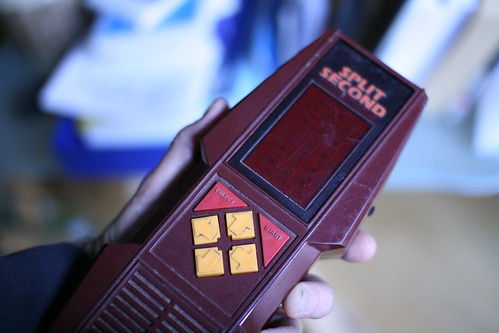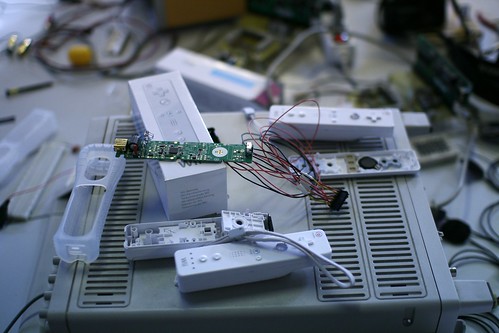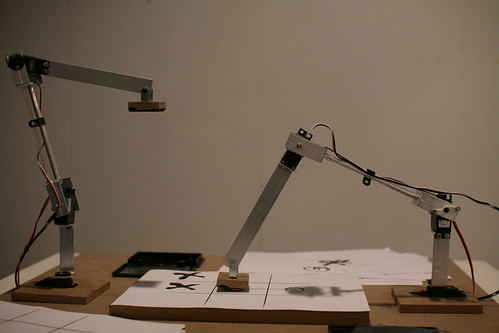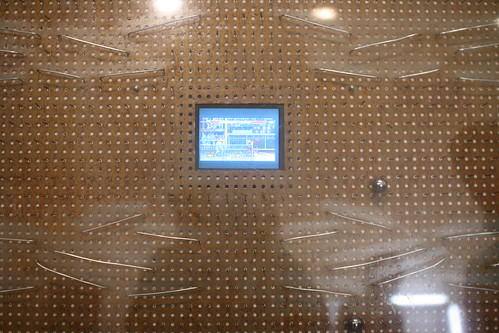 A recent interview of Nintendo's Shigeru Miyamoto by Chris Kohler (Wired) deals with alternative game controllers employed with casual/sport applications:
A recent interview of Nintendo's Shigeru Miyamoto by Chris Kohler (Wired) deals with alternative game controllers employed with casual/sport applications:
"I'd always wanted to try to find a way to make a game out of that, and I felt that with the Wii, that's something that I would normally do in the bathroom is weigh myself. But, with the Wii, if there was a way that we could take that into the living room and turn it into an experience that everybody takes part in, then that might be fun.
What about the timing of this device seems auspicious right now? Does it have to do with the acceptance of alternative controllers now?
I think there are a couple of reasons. One is that at this point the Wii is wireless, and so I think the fact that it's wireless certainly makes it easy to use. For me, personally, also, in this NES era, I myself didn't really think that weighing myself and tracking my progress every day is something that I could turn into a game. (...) initially we created the Balance Board in order to create Wii Fit, and it was essentially designed to enable that experience. And, then after we finalized the design, we looked at it and realized -- or as we were finalizing the design, we realized it could potentially be something that could be used for other games, as well. And, so in finalizing those designs and finalizing the final Balance Board, we ultimately tried to do it in a way that would enable other developers to also take advantage of it. The other thing that we found is that actually in the sports world there are devices that are somewhat similar to this that are used for training athletes.
(...)
there's actually a game out already called We Ski. It's a skiing game that uses the Balance Board that's developed by Bandai Namco. (...) Using a Wii remote, you could track the timing of the swing and the shifting of the balance on the Balance Board to calculate kind of how good the swing is. Of course, there's still the question of whether or not the mass market would want a game that perfectly replicates that type of an activity. But, in terms of golf training, you could certainly do something like that.
Is there a danger of maybe burning people out on extra controllers?
we are creating a number of different controllers and peripherals for the Wii, as well, so in that sense, I can see your point of how having so many different controllers can be a little bit inconvenient. But, at the same time, we feel that the videogame audience has gotten to the point now where it's so broad that there are different tastes and different needs within people, within the audience of people who are playing the videogames.
(...)
when we're designing games and designing peripherals, we're not designing them for the purpose of simply creating more devices to use with the Wii. We're trying to create devices that are creating a more streamlined and intuitive approach to gaming so that a broader audience can feel that they're able to interact with and better use the device."
Why do I blog this? great lessons here, with good connections to some current research about tangible interactions. There are good things to wonder about concerning the relationships between the user experience and different use of tangibles interactions. For instance, the "direct mapping" rule is often perceived as the best solution for intuitive apprehension of games. Using the same movement in the physical space as the one rendered in the digital world is indeed a relevant approach but is it that simple? is it that fun? is the movement so physical that it becomes less fun? And what about the overemphasis on gestures, playing soccer by doing gestures which are not a direct translation from the physical to the digital (yes I am thinking about PES on the Wii with its click-and-drag system)?
On a different note, the scale-turned-into-game-platform reminds me of 2 projects which focused on transforming everyday objects into game controllers: Everyday games by Are Hovland Nielsen and Control Freak by Haiyan Zhang.


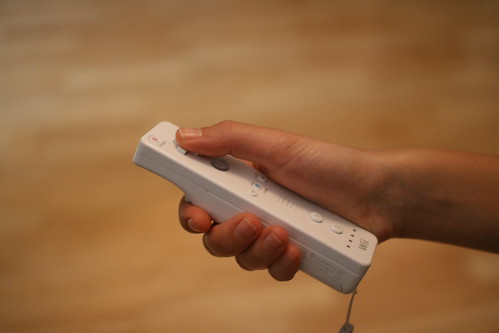
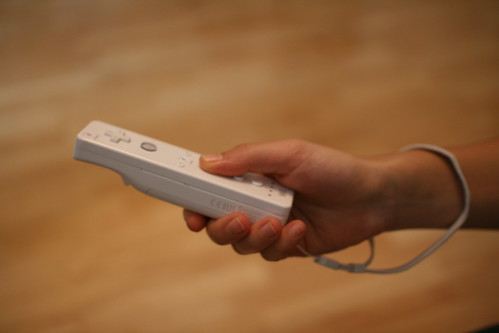
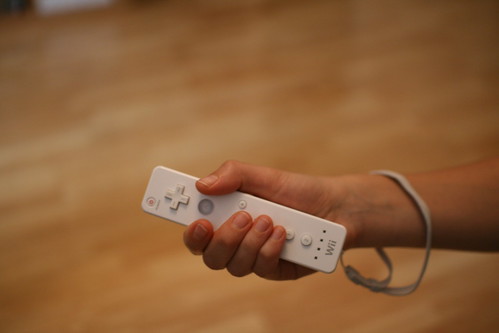
 In his graduation thesis entitled "
In his graduation thesis entitled "
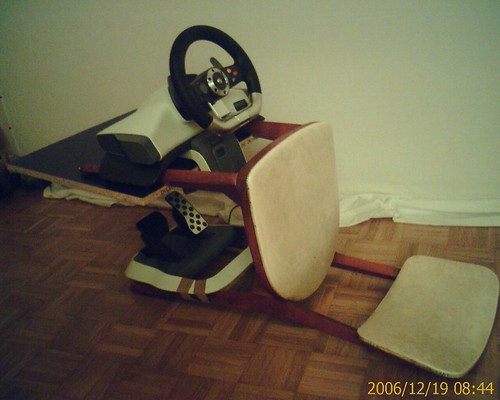
 Why do I blog this? the idea of the patent is to have "multitasking" input techniques that would enable iPod/iPhone users to play games on the touch-screen while at the same time maintaining control of a secondary application from the screen. I take it as an interesting signal of upcoming applications on the iPhone; of course it's not the "iphone" word that is important here but instead that there is some good potential to see entertainment innovations with such interface due to a combination of factor: flat-fee internet subscription, touchscreen, easiness to develop web-apps, etc.
Why do I blog this? the idea of the patent is to have "multitasking" input techniques that would enable iPod/iPhone users to play games on the touch-screen while at the same time maintaining control of a secondary application from the screen. I take it as an interesting signal of upcoming applications on the iPhone; of course it's not the "iphone" word that is important here but instead that there is some good potential to see entertainment innovations with such interface due to a combination of factor: flat-fee internet subscription, touchscreen, easiness to develop web-apps, etc. A recent interview of Nintendo's Shigeru Miyamoto by Chris Kohler (Wired) deals with alternative game controllers employed with casual/sport applications:
A recent interview of Nintendo's Shigeru Miyamoto by Chris Kohler (Wired) deals with alternative game controllers employed with casual/sport applications:



